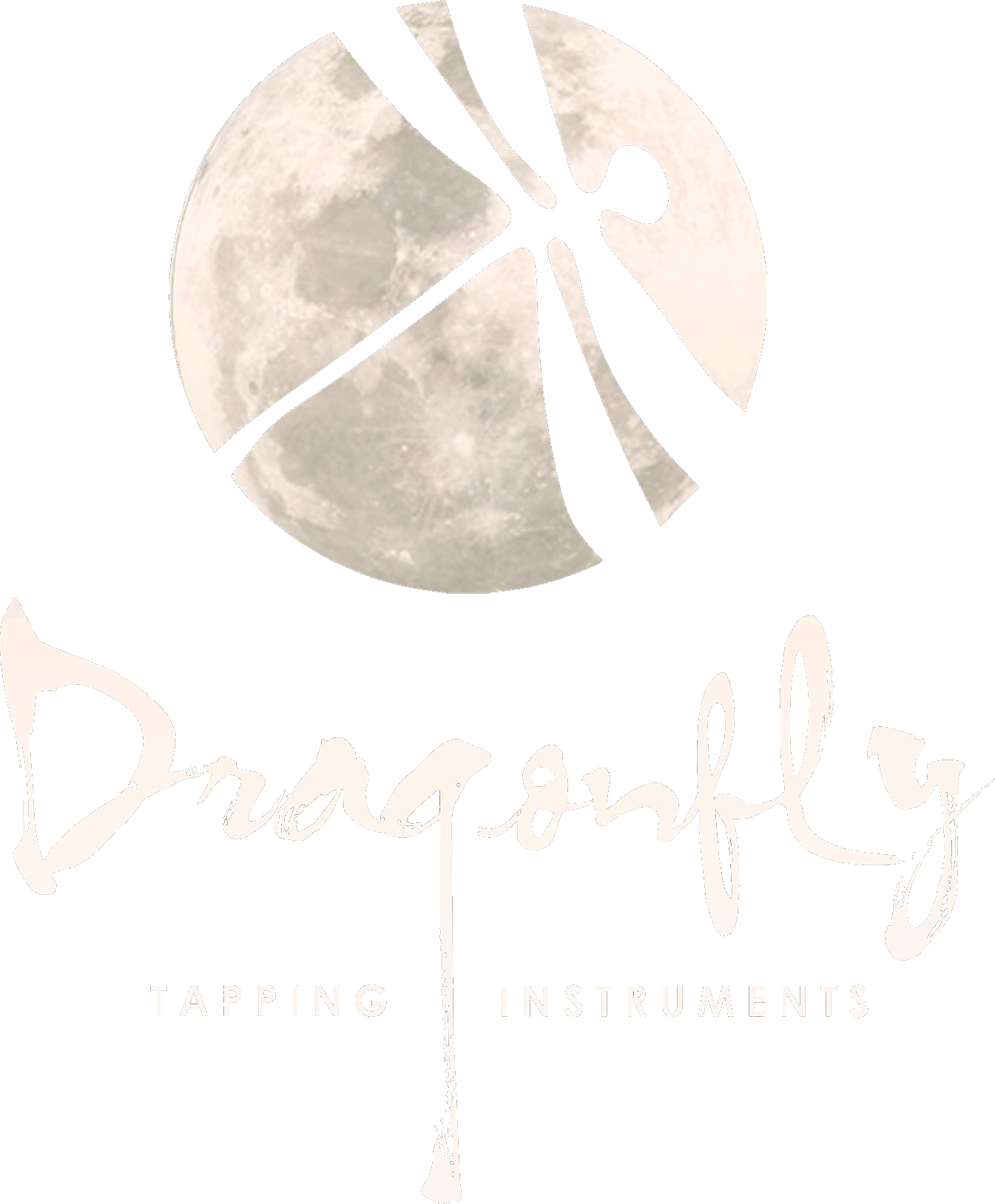FAQ’s
What tunings do you use?
You can order your instrument setup with whatever tuning you desire or imagine – strings guages will be calculated accordingly.
Follow traditional guitar or bass tunings if you wish, but you certainly shouldn’t feel confined to convention! However, for those that don’t have a clear idea of what they’d like, we suggest that tuning in fourths is a good place to start.
Don’t forget that you should also consider the overall register for your instrument (bass, baritone, tenor, contralto etc.). This may be influenced by the setting in which you wish to play your instrument.
How long does it take to build an instrument?
Usually it takes a good few weeks to define exactly what is wanted and ensure all parts are available. Once the decisions are all made your instrument should take about a month to be built. Allow extra time for finishing/setup and delivery.
What are the best timbers to use?
We don’t believe that a certain species is ‘better’ than another – they are different and will offer different characteristics (just as each particular piece will vary too).
Of course there are a variety of design issues (structural, aethsetic, tonal etc.) that we can consider for a particular species, but in the end each piece will present its own voice and response to a finished instrument. On a custom build we work through with the client their desired outcome and chose materials and construction accordingly.
In general we prefer using reasonably dense woods with a musicality about their natural resonance – certain mahoganies, beeches, and local hardwoods are all used for these reasons.
Whats the difference between your instruments and the Chapman Stick?
Both are long, skinny-looking string tapping instruments, but on a design level you will find that just about every aspect is different. The major practical differences are the physical size, scale length, number of strings … and the price! Chapman Sticks are great but we aim to offer a simpler, more organic sort of musical tool thats different in terms of look, sound and feel.
Frankly passive pickups have a much nicer attack and dynamic response for clean playing. Combining this with a simple preamp/buffer circuit offers an even more transparent, rich sound. Active pickups can be great for distorted or overdriven sound but tend to be rather lifeless played clean.
When will the 8-string model be available? … and other models?
Our DF-8 is available now! … as a mono or stereo instrument. We are always looking for active partners in the design and first-build phase of new models. This means someone who is happy to put up the money, be involved and have patience while we experiment and develop the prototype. It gives them the opportunity to end up with the first finished instrument at a lower price, and it gives us the financial freedom to go ahead with it.
Will you make me a 34” bass scale instrument?
At this stage we’re sorry, but no. In the future we may experimentally increase the scale length to between 28″ – 30″ but it’s very unlikely that we will ever be make full bass (34″-35″) scale instruments.
Can you make me an instrument with outputs for separate groups of strings?
Sure, you just need to be aware that its going to cost a lot more – you’re going to need a custom-made pickup for each group or a polyphonic pickup with outputs for each string. You’ll also need to have the processing power (dual amps, effects etc.) to be able to enjoy playing your instrument.
Why don’t you make a triple necked, 26-stringed instrument, with individual piezo and magnetic outputs from each string and on-board MIDI functions?
There are lots of things we are happy to try and will always be interested in exploring ideas that clients might have for their instruments. However we do endeavour to maintain a certain design and philosophical coherence (see philosophy section) and so there are some places we just won’t go – just because it can be done, doesn’t necessarily mean it should be done!
